02:55
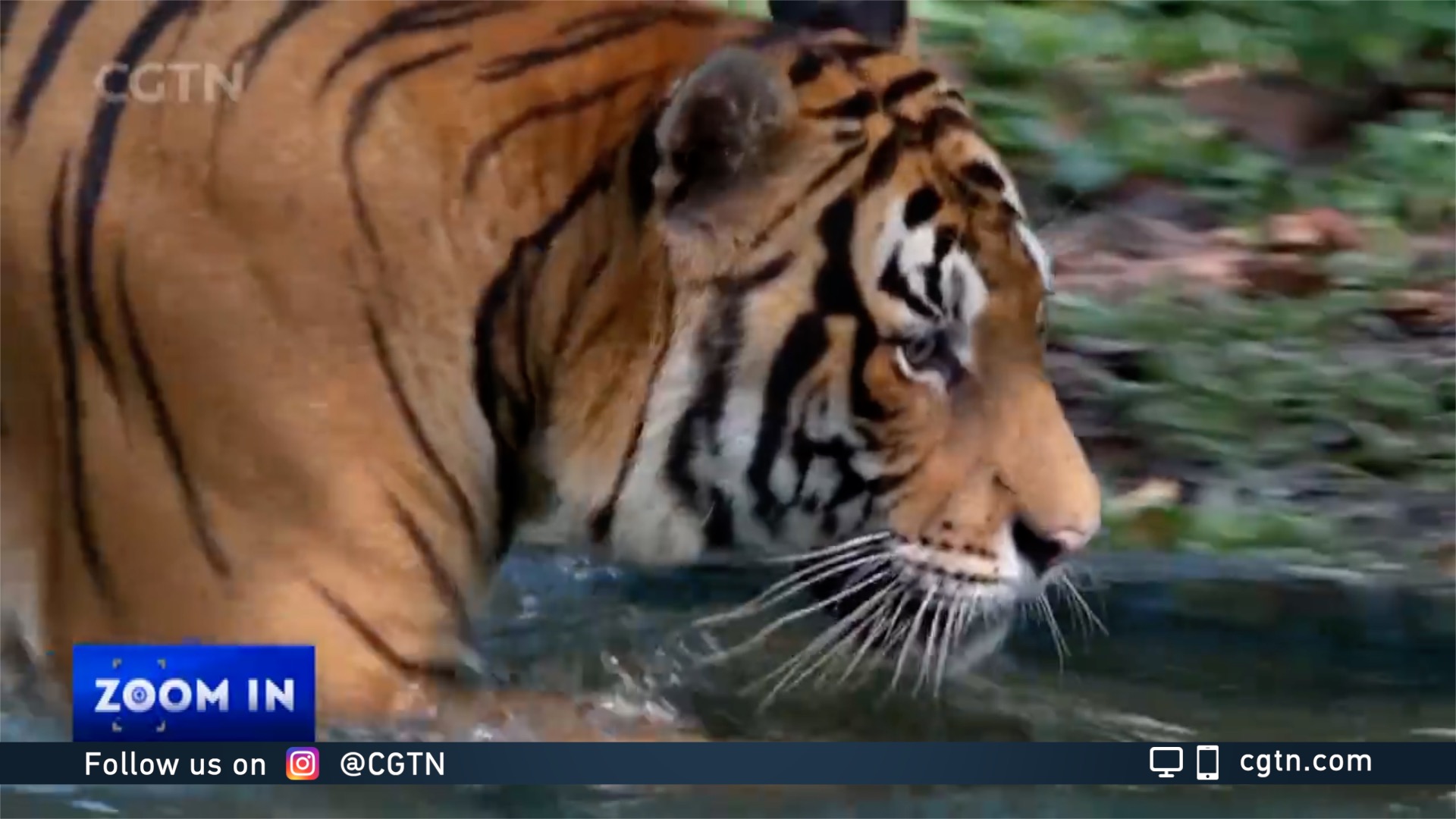
If drastic action is not taken, the Malayan tiger will be extinct within the next five to 10 years; the warning came not from a non-profit but from a Malaysian minister, Wan Junaidi Tuanku Jaafar.
Wan Junaidi made the statement at the country's parliament on November 11, last year.
The Malayan tiger has been declared critically endangered as its numbers have plunged from 3,000 in the 1950s to just 500 in the early 2000s. The numbers have plummeted to fewer than 150 as of today. Poaching has been blamed for the plummeting numbers of tigers in the wild.
"It's definitely poaching," says Christopher Wong, head of the Tiger Conservation Programme for the World Wide Fund for Nature (WWF)-Malaysia. "Tigers are extracted from the wild to fuel the international illegal wildlife trade. So all these the parts of the animal, including the bones, the teeth, the skin, the penis, all can be found in traditional medicine practices."
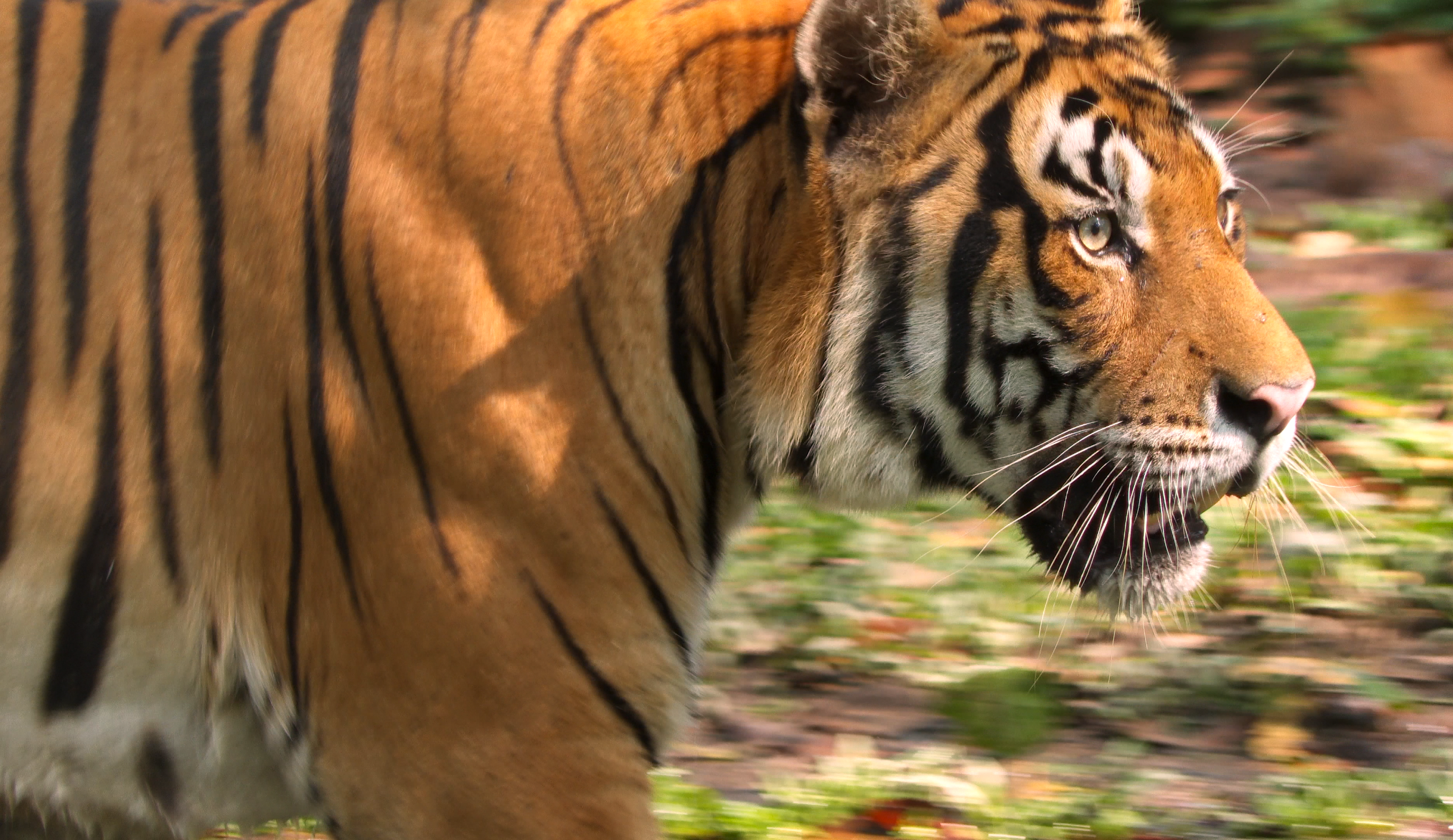
Tigers could be extinct in Malaysia in five to 10 years. /Photo shot by CGTN's Rian Maelzer at Zoo Negara Malaysia, Kuala Lumpur, January 24, 2022.
Tigers could be extinct in Malaysia in five to 10 years. /Photo shot by CGTN's Rian Maelzer at Zoo Negara Malaysia, Kuala Lumpur, January 24, 2022.

The Malayan tiger is classified as critically endangered. /Photo shot by CGTN's Rian Maelzer at Zoo Negara Malaysia, Kuala Lumpur, January 24, 2022.
The Malayan tiger is classified as critically endangered. /Photo shot by CGTN's Rian Maelzer at Zoo Negara Malaysia, Kuala Lumpur, January 24, 2022.
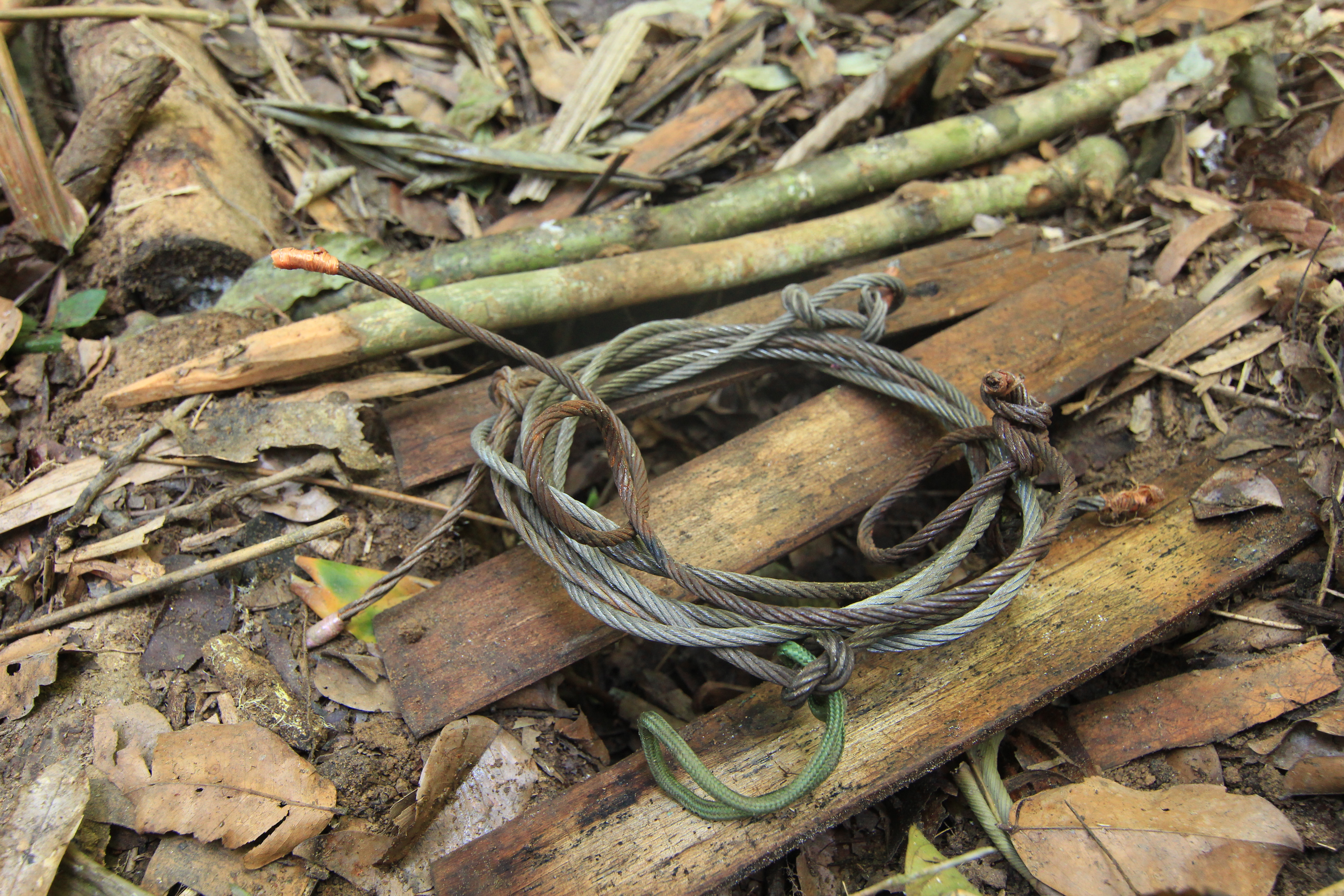
Poaching with snares like this is the main threat. /WWF-Malaysia
Poaching with snares like this is the main threat. /WWF-Malaysia

Apart from poaching, loss of habitat and prey threaten the tiger's survival. /Photo shot by CGTN's Rian Maelzer at Zoo Negara Malaysia, Kuala Lumpur, January 24, 2022.
Apart from poaching, loss of habitat and prey threaten the tiger's survival. /Photo shot by CGTN's Rian Maelzer at Zoo Negara Malaysia, Kuala Lumpur, January 24, 2022.
Other major contributors are the availability of prey animals for the tiger, particularly the sambar deer, and habitat loss and fragmentation.
WWF-Malaysia and other NGOs have teamed up and are working with the Malaysian wildlife department in an initiative called MYCAT – the Malaysian Conservation Alliance for Tigers.
It ensures that precious resources are used as efficiently as possible, with members sharing research and data and dividing up territories to ensure their efforts, such as setting up camera traps, are not duplicated, Wong says.

Camera trap footage is key to monitoring the remaining tigers. /WWF-Malaysia, Perak, Malaysia.
Camera trap footage is key to monitoring the remaining tigers. /WWF-Malaysia, Perak, Malaysia.

Camera trap sightings of tigers bring hope. /WWF-Malaysia, Perak, Malaysia.
Camera trap sightings of tigers bring hope. /WWF-Malaysia, Perak, Malaysia.

Tiger sightings other than on camera traps are extremely rare. /WWF-Malaysia, Perak, Malaysia.
Tiger sightings other than on camera traps are extremely rare. /WWF-Malaysia, Perak, Malaysia.
WWF-Malaysia employs orang asli or aboriginal people to act as rangers to patrol the forests to look for encroachment signs and find and deactivate poachers' snares.
"They know the area very well. With their survival skills that they have, they make the best partner when it comes to conservation of tigers," Wong says.
Smaller local NGOs such as Rimau also hire aboriginal rangers in their effort to save the tiger.
"The situation is critical, and we only have a very, very small window to save them," says Rimau's Lara Ariffin. "It's the responsibility of all Malaysians. People say it's the job of the government or the Department of Wildlife to do so, but I believe that everybody needs to participate. Even within the government itself, you have the Department of Wildlife, of course, takes the lead, but there's the Forestry Department, there's customs and immigration, there's the judiciary, for example. Everybody has to play a role. If not, we will lose them."
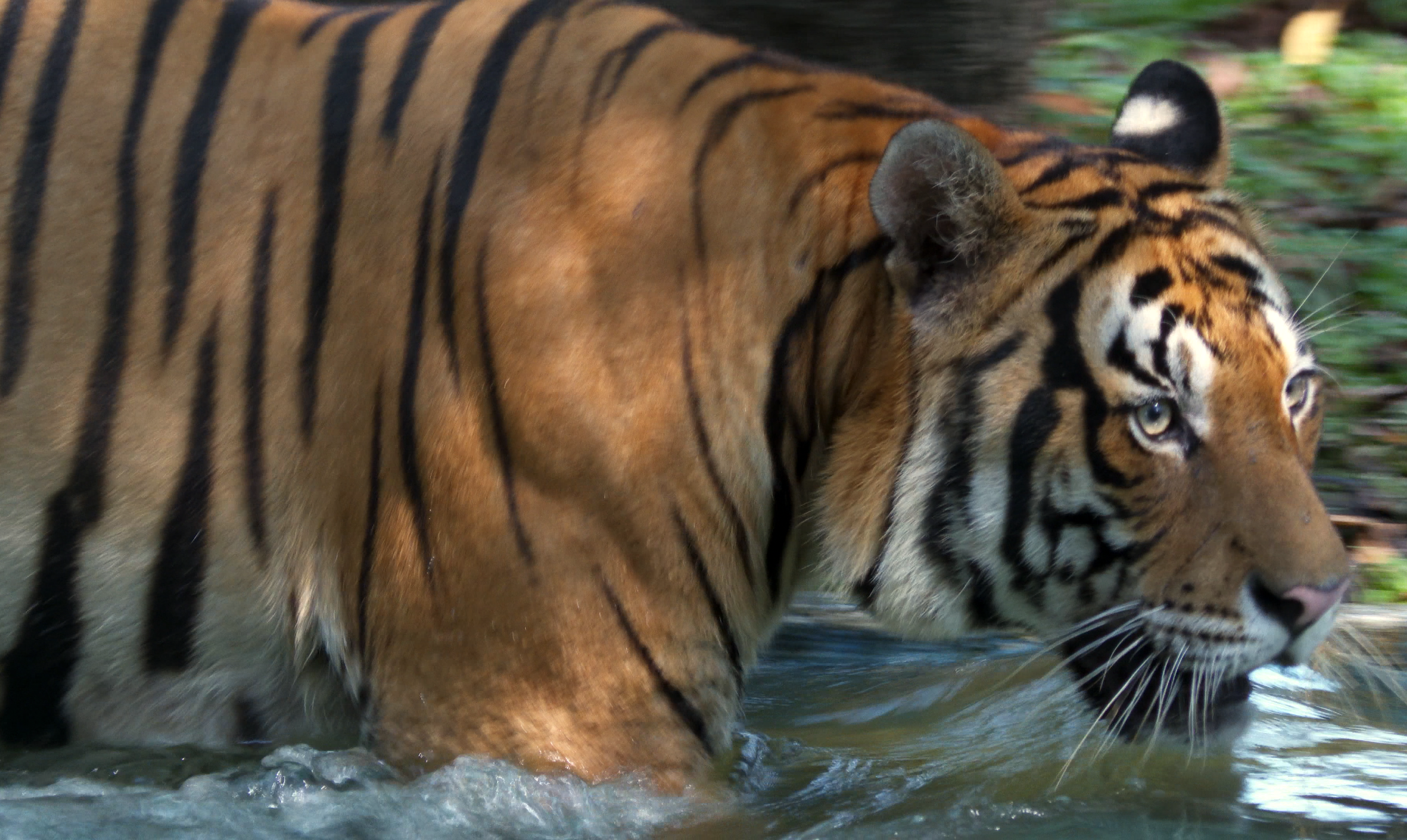
Tigers are prolific breeders, offering some hope for revival of their population. /Photo shot by CGTN's Rian Maelzer at Zoo Negara Malaysia, Kuala Lumpur, January 24, 2022.
Tigers are prolific breeders, offering some hope for revival of their population. /Photo shot by CGTN's Rian Maelzer at Zoo Negara Malaysia, Kuala Lumpur, January 24, 2022.

Malaysia has established a National Tiger Task Force. /Photo shot by CGTN's Rian Maelzer at Zoo Negara Malaysia, Kuala Lumpur, January 24, 2022.
Malaysia has established a National Tiger Task Force. /Photo shot by CGTN's Rian Maelzer at Zoo Negara Malaysia, Kuala Lumpur, January 24, 2022.
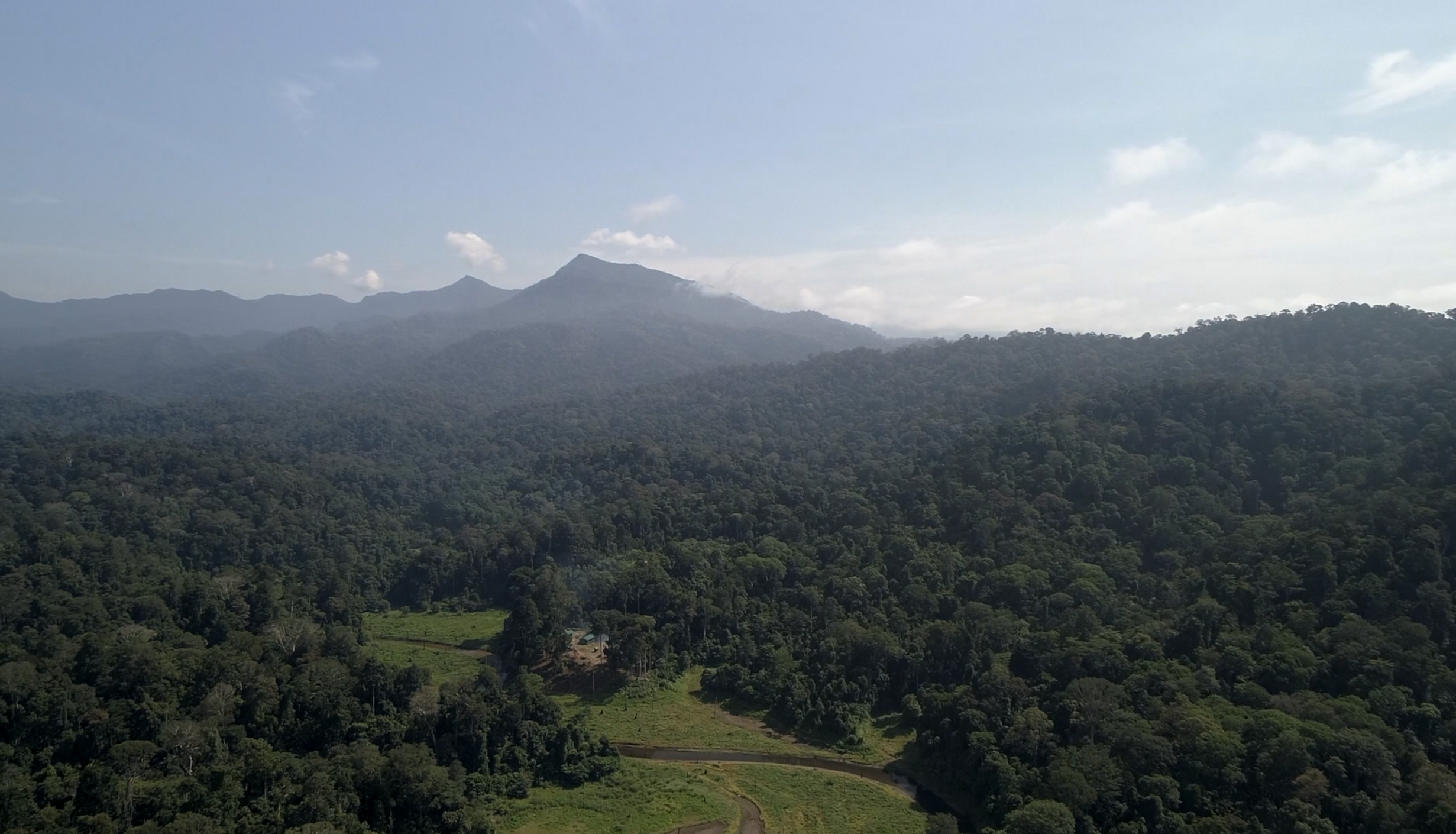
Male tigers roam over an area of up to 300 square kilometres. /Rimau, Royal Belum National Park, Malaysia.
Male tigers roam over an area of up to 300 square kilometres. /Rimau, Royal Belum National Park, Malaysia.
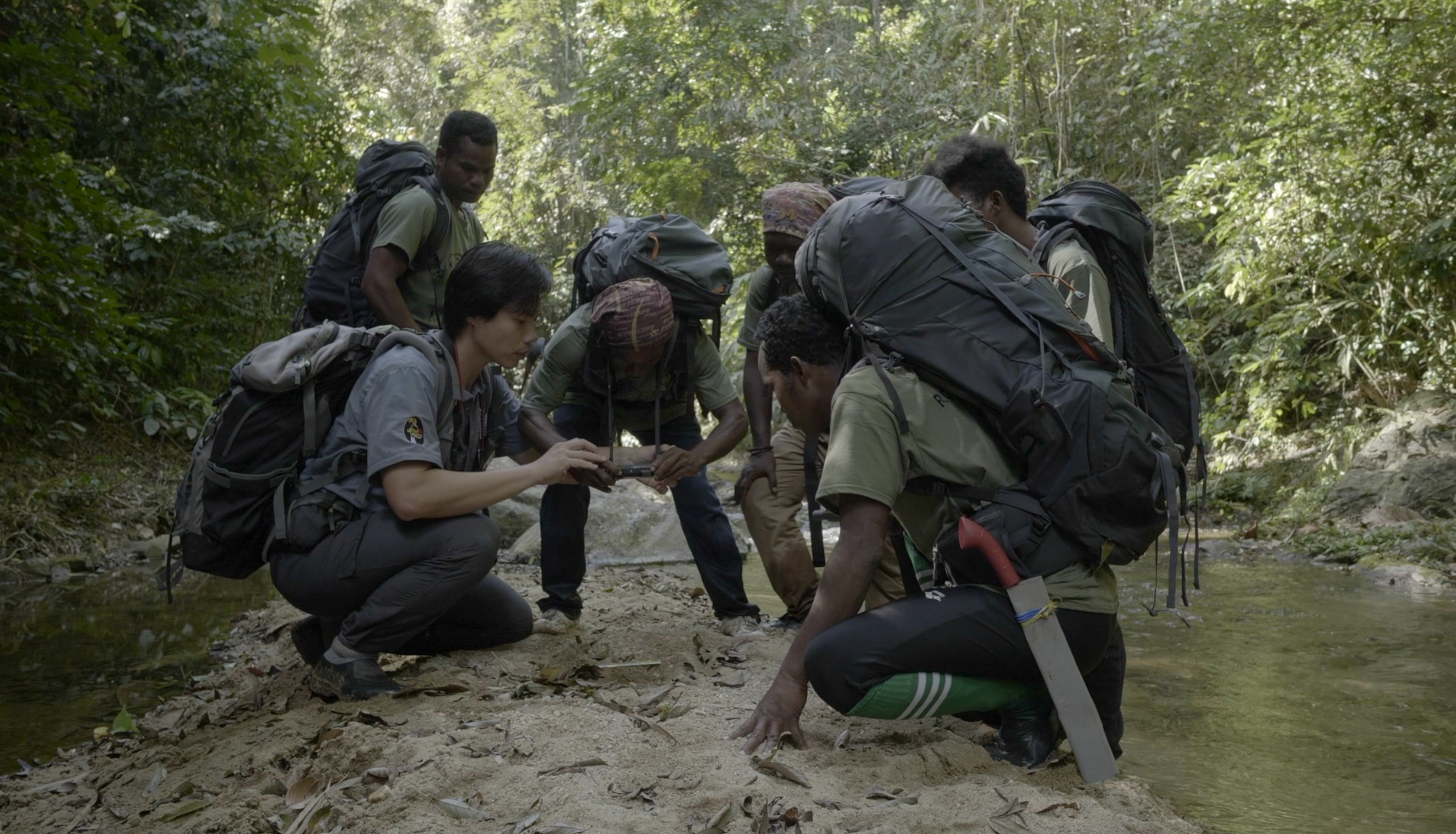
NGOs employ aboriginal rangers to patrol the forests. /Rimau, Perak, Malaysia.
NGOs employ aboriginal rangers to patrol the forests. /Rimau, Perak, Malaysia.
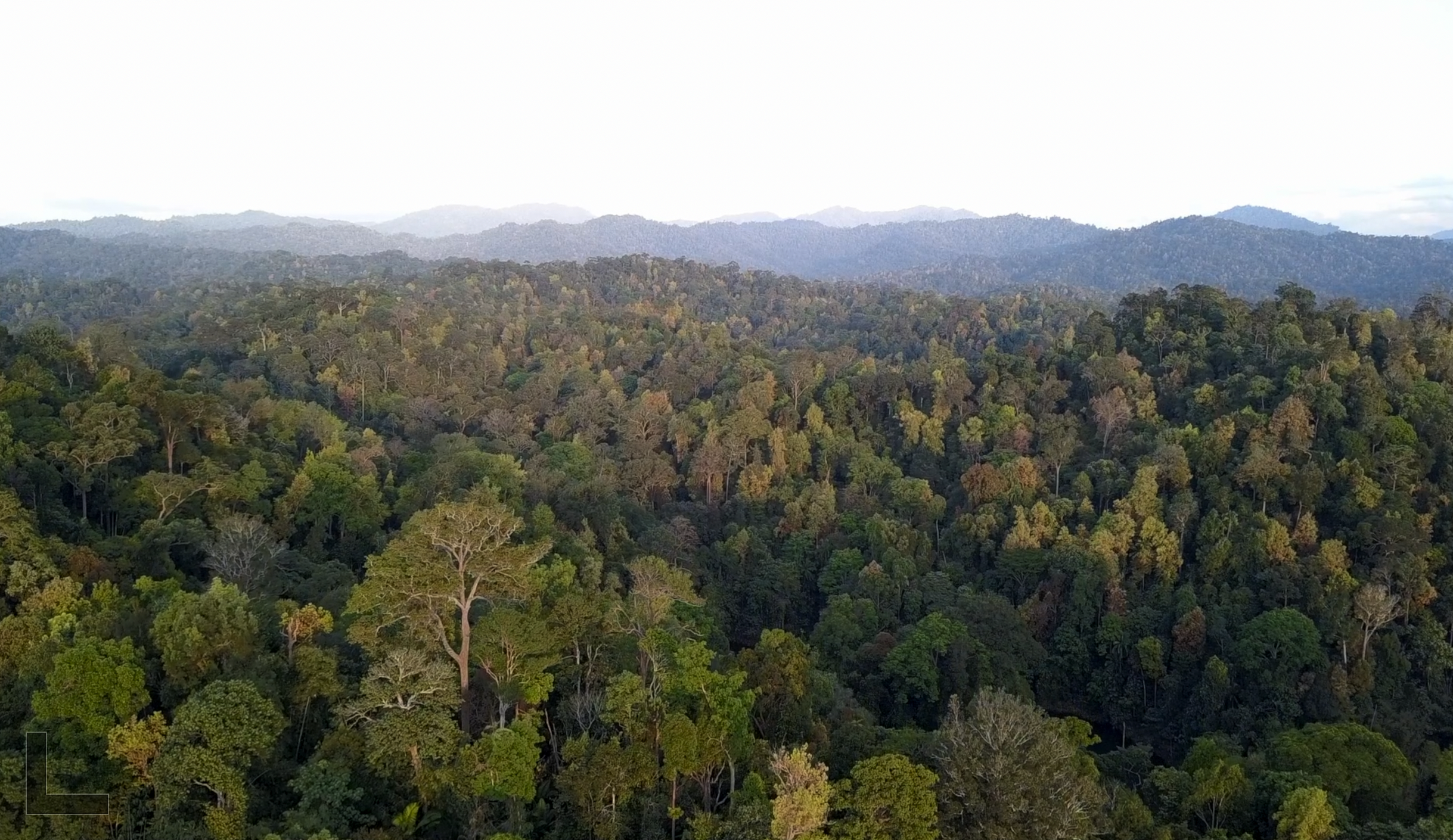
Conserving large areas of contiguous forest is key, NGOs say. /Rimau, Perak, Malaysia.
Conserving large areas of contiguous forest is key, NGOs say. /Rimau, Perak, Malaysia.
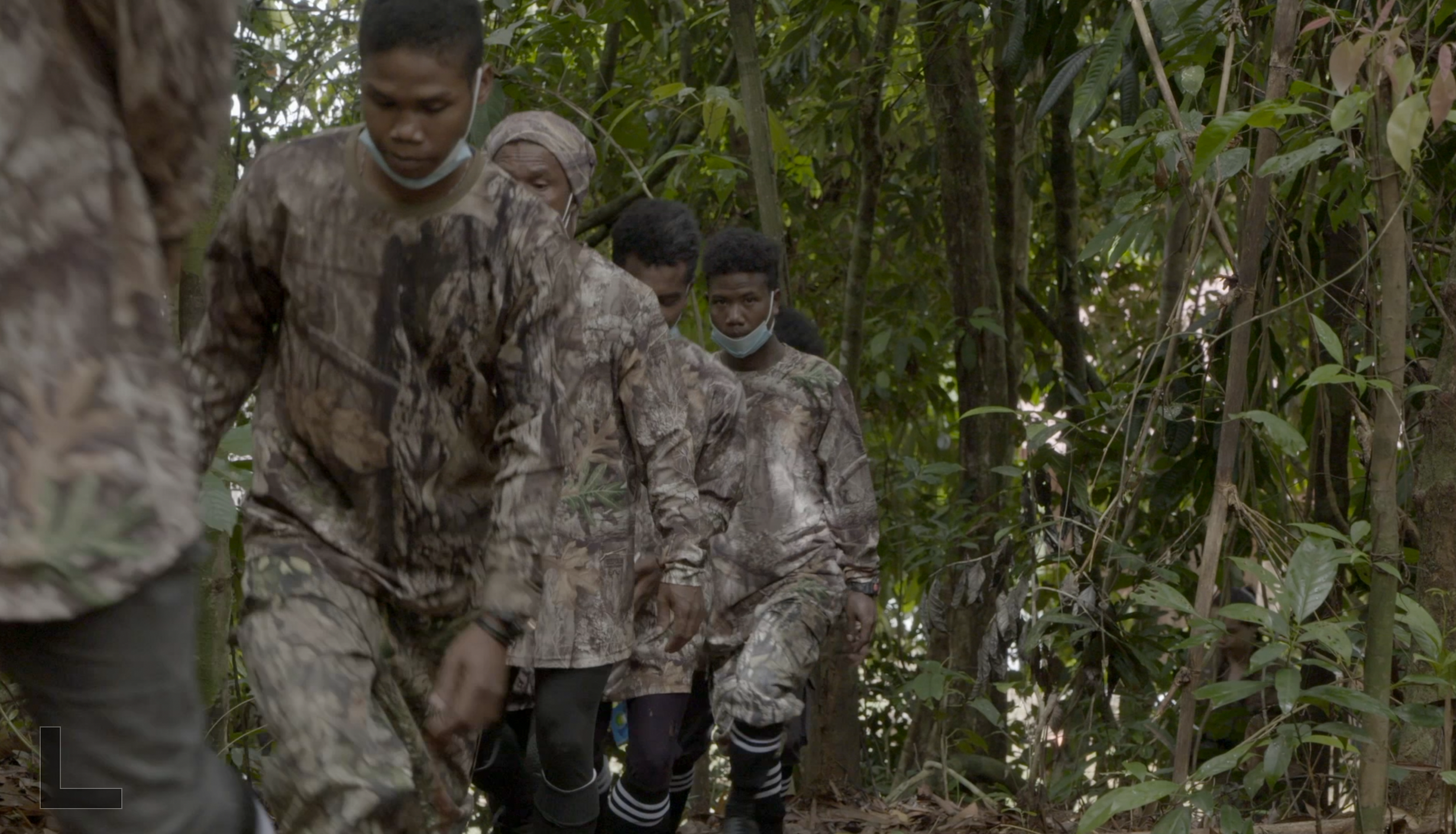
Aboriginal communities are key to saving the tiger. /Rimau, Perak, Malaysia.
Aboriginal communities are key to saving the tiger. /Rimau, Perak, Malaysia.
Lara and Wong both see some positive signs, such as the recent creation of a Wildlife Crime Bureau and a National Tiger Taskforce, headed by the prime minister himself.
"We now have a thousand more patrollers in the jungle that we didn't have before. We have better laws, which is fantastic," says Lara. "I think over the last two years, there has been a vast sort of the change in momentum. I just hope we're not too late."
The covid pandemic has bought Malaysia some time. Most poachers enter Malaysia from neighboring countries, and tighter border controls have kept them out over the past two years. The wildlife department says there were zero cases of poaching reported last year.
There's another reason for optimism. Unlike the Sumatran rhino, which became extinct in Malaysia two years ago after all efforts at captive breeding failed, the tiger is a prolific species.
"Provided there's food resources, there's habitat, there's big enough are to house enough tigers, they will breed," says Wong.
"We've seen numbers bounce back in India, Nepal," says Lara from Rimau. "So I think we must be optimistic that with the right protection, tigers (in Malaysia) will come back, but we must not be complacent."
Not if Malaysians want to ensure that the animal that adorns their national coat of arms will still be roaming the forests, not just a symbol on a crest or pacing in a zoo by the time the next lunar Year of the Tiger comes around.
(If you want to contribute and have specific expertise, please contact us at nature@cgtn.com.)

